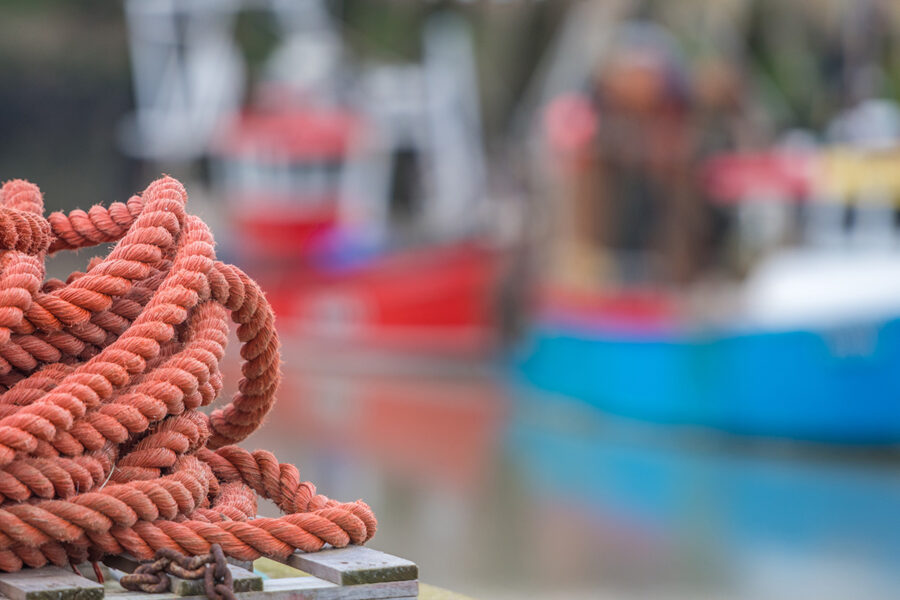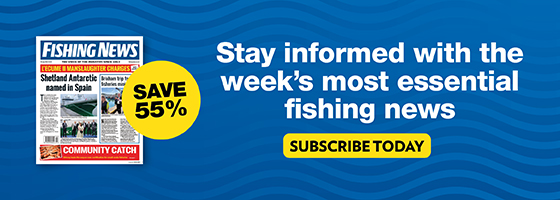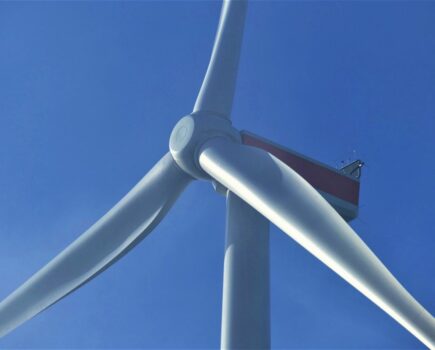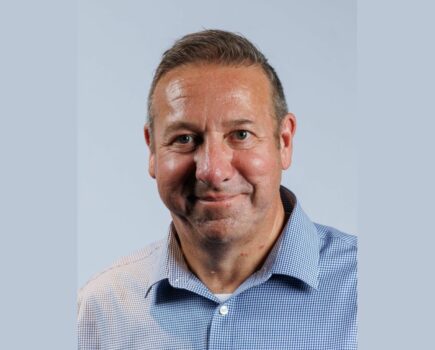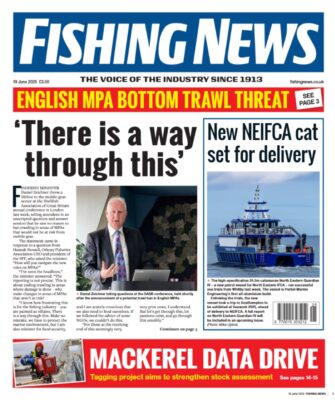Mixed fortunes for UK fleet from UK-EU bilateral negotiations, with big increases in North Sea sole and monkfish but a 25% Nephrops cut – and more bad news for SW pollack fishermen
The UK minister with responsibility for fisheries, food security minster Daniel Zeichner, greeted the 2025 TAC agreement with the EU in what is now time-honoured style: a Defra press release that could have been written in any year since Brexit.
The release welcomed the agreement, pointing out that the 150,000t of quota agreed for the UK was 10% higher than in 2024, with a value, if fully caught, of £360m, on top of additional fishing opportunities already agreed with Norway and NEAFC states.
“From these three negotiating forums,” the Defra statement said, “the UK has gained up to 120,000t more quota from the 2025 annual negotiations than it would have as an EU member state.”
The minister himself said only: “Through these sets of negotiations this government has agreed deals securing quota for stocks totalling up to £890m for the UK fleet in 2025.
“This is another example of how we are delivering on our Plan for Change, boosting our British fishing industry by supporting the lifeblood of many coastal communities.”
Among the notable quota cuts agreed, there was a further reduction in the ‘bycatch’ quota for area VII pollack, a 25% cut in North Sea Nephrops, a 20% drop in Western hake and cuts in Channel sole quotas of between 3% and 20%.
This contrasted with a huge 172% increase in North Sea sole, a smaller rise in North Sea plaice and changes to management of the bass fishery that were welcomed by the industry.
Bass restrictions for 2024 will be rolled over into 2025, although there are small increases in catch limits. The trawling bycatch limit will be increased from 5% to 10% per trip in a bid to reduce discards, although annual limits remain unchanged at 3.8t a year. The hook and line limit goes up from 6.2t to 6.8t per year, and the fixed gill-net bycatch increases from 1.6t to 1.8t per year.
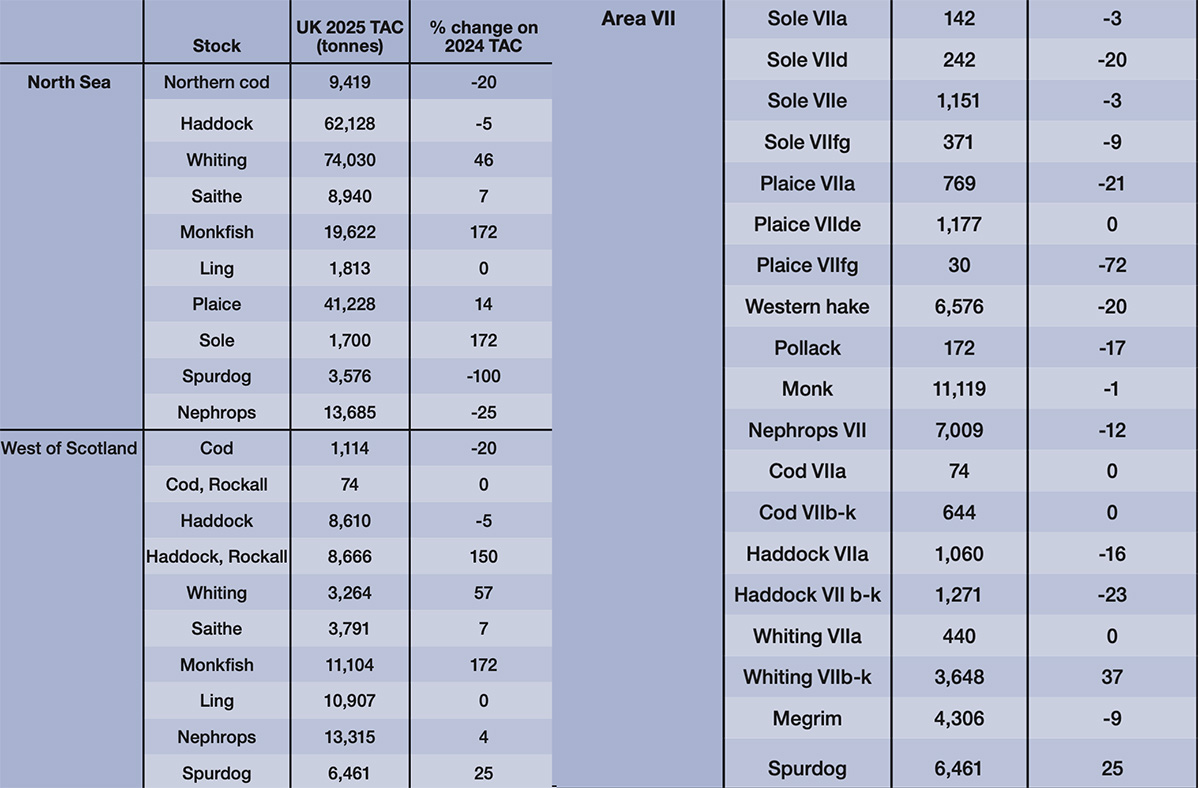
Fishing News was told that the UK negotiating team appeared less willing to challenge the strictest ICES advice than the EU Commission, despite the fact that there are legal challenges to 2024 quotas underway from NGOs on both sides of the English Channel.
One fishing representative commented wryly on the ‘help’ that the European Commission had provided in securing a bycatch in the area VII pollack fishery, saying: “My take on this is that the UK, with its concerns about legal action from anti- fishing NGOs every time that ICES mentions a zero TAC, would have been be prepared to close down fisheries regardless of its obligation to assess socio- economic impacts, or to look at rebuilding stocks over periods longer than a year.
“The only reason we have a pollack bycatch fishery at all appears to be that the EU pushed this line, rather than our own ministers.”
Other exceptions to the ICES short-term advice were also agreed for Celtic Sea haddock and Western hake, due to the multi-annual plans already in place.
It is hoped that this approach will extend to additional stocks to reduce the risk of rapid TAC changes and the ongoing push from NGOs to persuade authorities to pick very lowest quota in mixed fisheries and insist that this advice is followed, regardless of the impact on other stocks or on fishermen.

